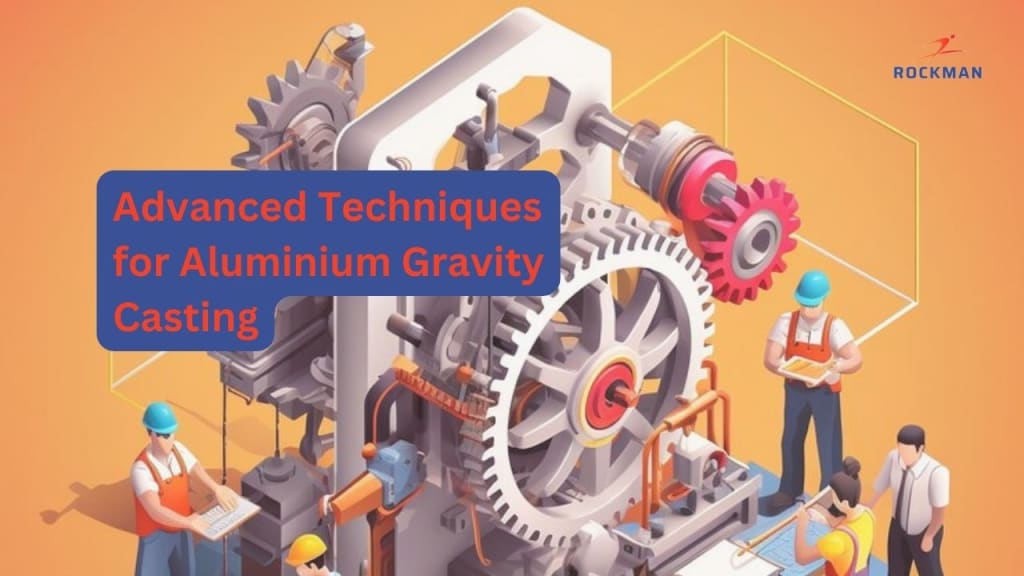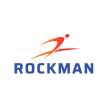Advanced Techniques for Aluminium Gravity Casting
The evolution of aluminium gravity casting through advanced techniques has paved the way for higher quality, efficiency, and innovation in metal casting.

Aluminium gravity casting is a popular and efficient method for producing high-quality metal parts with intricate shapes and precise dimensions. This process leverages gravity to fill a mold with molten aluminium, offering several advantages such as excellent mechanical properties and minimal porosity.
While traditional gravity casting techniques have been around for decades, advancements in technology have introduced new methods to enhance the quality, efficiency, and versatility of the process. Here are some of the most advanced techniques currently shaping the future of aluminium gravity casting.
1. High-Precision Mold Design and Fabrication
The mold is a critical component in gravity casting, directly influencing the final product's accuracy and quality. Advances in mold design and fabrication, such as computer-aided design (CAD) and computer-aided manufacturing (CAM), have significantly improved the precision and complexity of cast components. These technologies allow for the creation of intricate mold geometries with tight tolerances, ensuring that the cast parts meet exact specifications.
Moreover, modern mold materials, including high-strength steels and innovative coatings, enhance the durability and performance of mold’s. These materials can withstand repeated thermal cycling, reducing wear and tear and extending the mold's lifespan. This results in more consistent casting quality and reduced downtime for mold maintenance.
2. Advanced Simulation Software
Simulation software has revolutionized the casting industry by providing detailed insights into the casting process before any physical casting takes place. These tools can simulate the flow of molten aluminium into the mold, predict solidification patterns, and identify potential defects such as air entrapment, shrinkage porosity, and cold shuts.
By using advanced simulation software, foundries can optimize mold design, gating systems, and process parameters to minimize defects and improve the overall quality of cast parts. This proactive approach reduces the need for costly and time-consuming trial-and-error iterations, leading to faster development cycles and lower production costs.
3. Automated Pouring Systems
Precision in the pouring process is essential for producing high-quality castings. Automated pouring systems have emerged as a key technology in achieving this precision. These systems use robotics and advanced control algorithms to pour molten aluminium into the mold with exceptional accuracy and consistency.
Automated pouring minimizes human error and ensures that the molten aluminium is delivered at the correct temperature and flow rate, reducing the risk of defects. Additionally, these systems can be integrated with real-time monitoring tools to adjust the pouring parameters dynamically, further enhancing the process's reliability and repeatability.
4. Enhanced Cooling Techniques
Effective cooling is crucial in gravity casting to control the solidification process and prevent defects such as hot spots and shrinkage porosity. Traditional cooling methods often rely on natural convection or basic water-cooling systems. However, advanced cooling techniques are now being employed to improve heat dissipation and control solidification rates more precisely.
One such technique is the use of conformal cooling channels, which are custom-designed cooling pathways within the mold that follow the contour of the cast part. These channels provide more uniform cooling, reducing thermal gradients and minimizing residual stresses in the final product. Another advanced cooling method involves the use of pulsed cooling, where the coolant flow is cycled on and off to manage the cooling rate more effectively.
5. In-situ monitoring and Quality Control
The integration of in-situ monitoring technologies into the casting process has significantly enhanced quality control. These technologies use sensors and data analytics to monitor key parameters such as temperature, pressure, and solidification rate in real time.
For instance, thermal imaging cameras can capture temperature distributions across the mold and casting, allowing for immediate detection of anomalies. This real-time data can be used to make on-the-fly adjustments to the process, ensuring consistent quality and reducing scrap rates. Additionally, advanced data analytics can predict potential issues before they occur, enabling proactive maintenance and reducing downtime.
Conclusion
The evolution of aluminium gravity casting through advanced techniques has paved the way for higher quality, efficiency, and innovation in metal casting. By leveraging high-precision mold design, simulation software, automated pouring systems, enhanced cooling techniques, and in-situ monitoring, foundries can produce superior castings with greater consistency and lower costs. These advancements not only enhance the competitiveness of gravity casting but also open new possibilities for its application in various industries.
About the Creator
Rockman Industries Ltd.
Leading auto component manufacturers, primarily engaged in the manufacturing of aluminum die casting components.
https://www.rockman.in/
Enjoyed the story? Support the Creator.
Subscribe for free to receive all their stories in your feed. You could also pledge your support or give them a one-off tip, letting them know you appreciate their work.






Comments
There are no comments for this story
Be the first to respond and start the conversation.